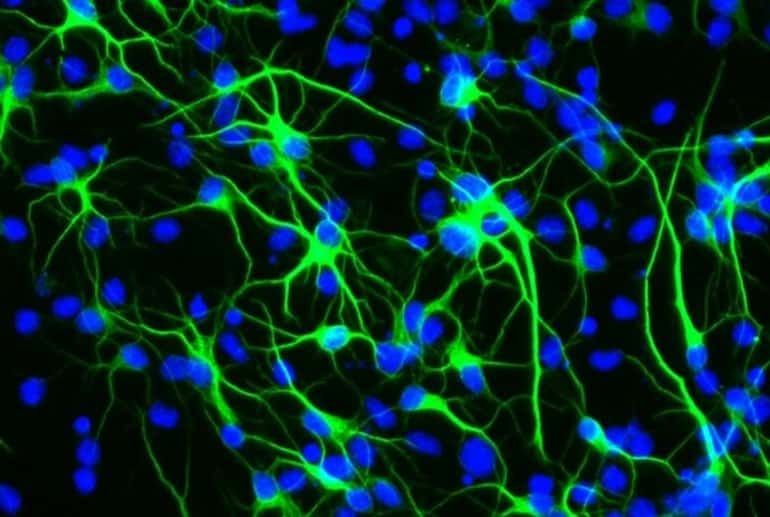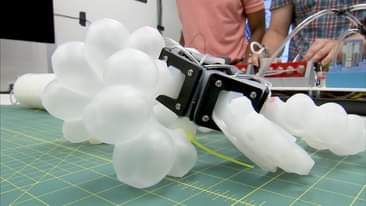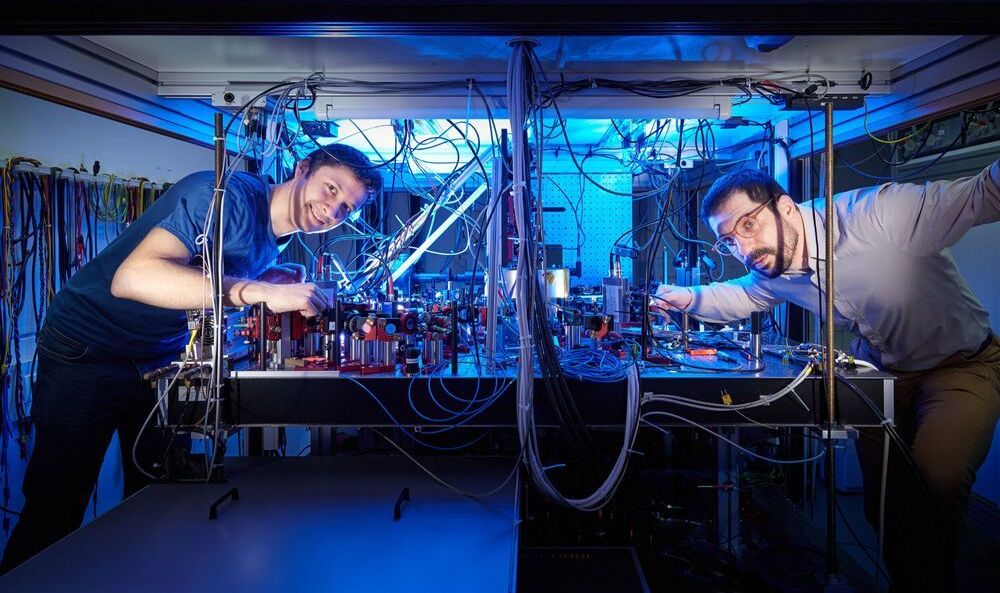To monitor the prevalence of the virus among employees nationwide, the tech billionaire worked with researchers to build an antibody-testing program. Here’s what he learned.




Our Home
By Seán Doran©
Music by Jesse Gallagher / https://www.youtube.com/nightimegallagher.
Time-lapse photography of Earth from ISS converted to real-time video.
Based on ESRSU image archive / eol.jsc.nasa.gov.
This film is protected by copyright. Illegal distribution is prohibited.
If you’ve ever dreamed of becoming an astronaut, the European Space Agency is seeking a new cohort of astronauts for the first time in 13 years.

The genius behind the space probe’s landing on Mars.
As NASA’s Mars 2020 mission gets set to land its package on the surface of the red planet, NASA engineers, including Dr Swati Mohan, who has led the attitude control system of Mars 2020 mission during operations, will be counting some very anxious minutes.


Even in the world of the smallest particles with their own special rules, things cannot proceed infinitely fast. Physicists at the University of Bonn have now shown what the speed limit is for complex quantum operations. The study also involved scientists from MIT, the universities of Hamburg, Cologne and Padua, and the Jülich Research Center. The results are important for the realization of quantum computers, among other things. They are published in the prestigious journal Physical Review X, and covered by the Physics Magazine of the American Physical Society.
Driving trucks through mines can be monotonous, so now they do it themselves. Sort of.
Founded as a resource to prevent food waste, the CropMobster network has grown into an online platform for farmers, food activists, and pantries to exchange resources. Designed to “ignite food system crowdsourcing,” CropMobster empowers local leaders to connect communities interested in sharing or trading goods, labor, excess food, events, and news to help end hunger and reduce food waste. CropMobster was established in the in 2013 and has expanded to serve farmers and local food leaders throughout California and the West Coast.
Food Tank interviewed CropMobster CEO and Co-Founder Nick Papadopoulos to learn about the recent additions to CropMobsters’ sustainable food networking platform since Papadopoulos spoke at Food Tank’s 2016 Farm Tank Summit in Sacramento.